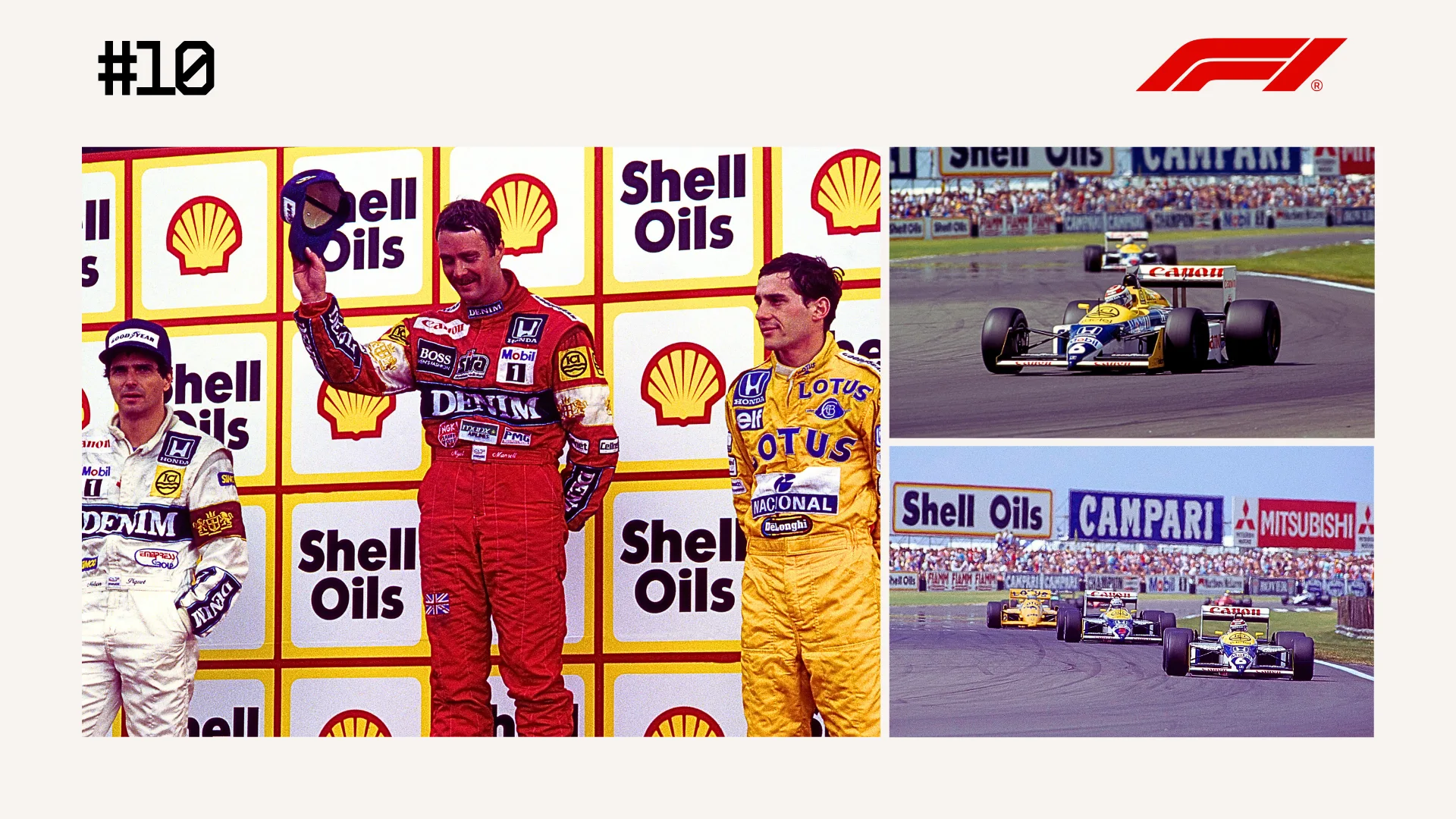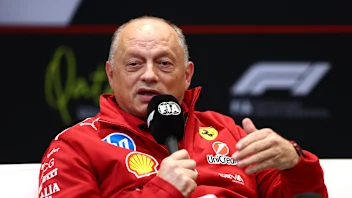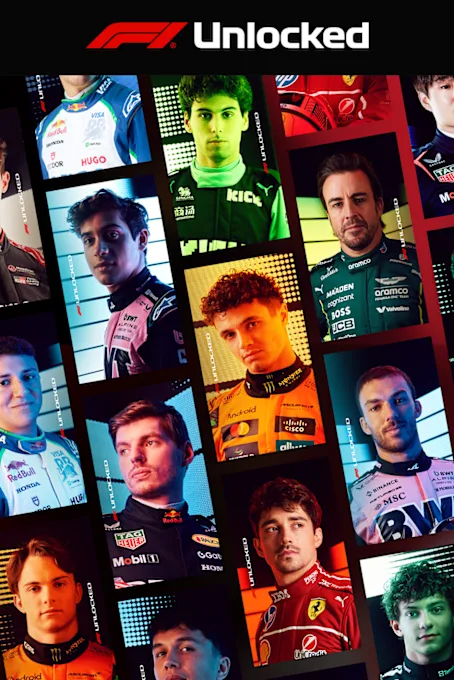Greatest Races #10: A Mansell rampage and an iconic move grab a famous win – 1987 British Grand Prix
Coming in at #10 on our list of ‘Greatest Races’ is the 1987 British Grand Prix. An unplanned pit stop, a magnificent recovery drive, a bold overtaking move, and a track invasion – there was a lot to enjoy at Silverstone in 1987...

To mark F1's 75th anniversary celebrations, F1.com is counting down the sport's 25 greatest races with a new feature every week. While you may not agree with the order, we hope you enjoy the stories of these epic races that have helped make this sport what it is today. You can read the introduction to the series and see the list of races here.
Coming in at No. 10 on our list is the 1987 British Grand Prix, with an intra-team fight at Williams that had plenty of extra spice.
Next Up
Related Articles
 This Week in F110 quiz questions on the Abu Dhabi title decider
This Week in F110 quiz questions on the Abu Dhabi title decider Crawford sets the pace at Abu Dhabi post-season test
Crawford sets the pace at Abu Dhabi post-season test Tsunoda's best moments in F1 as he departs the grid
Tsunoda's best moments in F1 as he departs the grid Abu Dhabi 'not a bad weekend' for Ferrari – Vasseur
Abu Dhabi 'not a bad weekend' for Ferrari – Vasseur ‘I have achieved my dream, that little boy's dream’ – Norris
‘I have achieved my dream, that little boy's dream’ – Norris Norris collects World Championship trophy at FIA Awards
Norris collects World Championship trophy at FIA Awards
